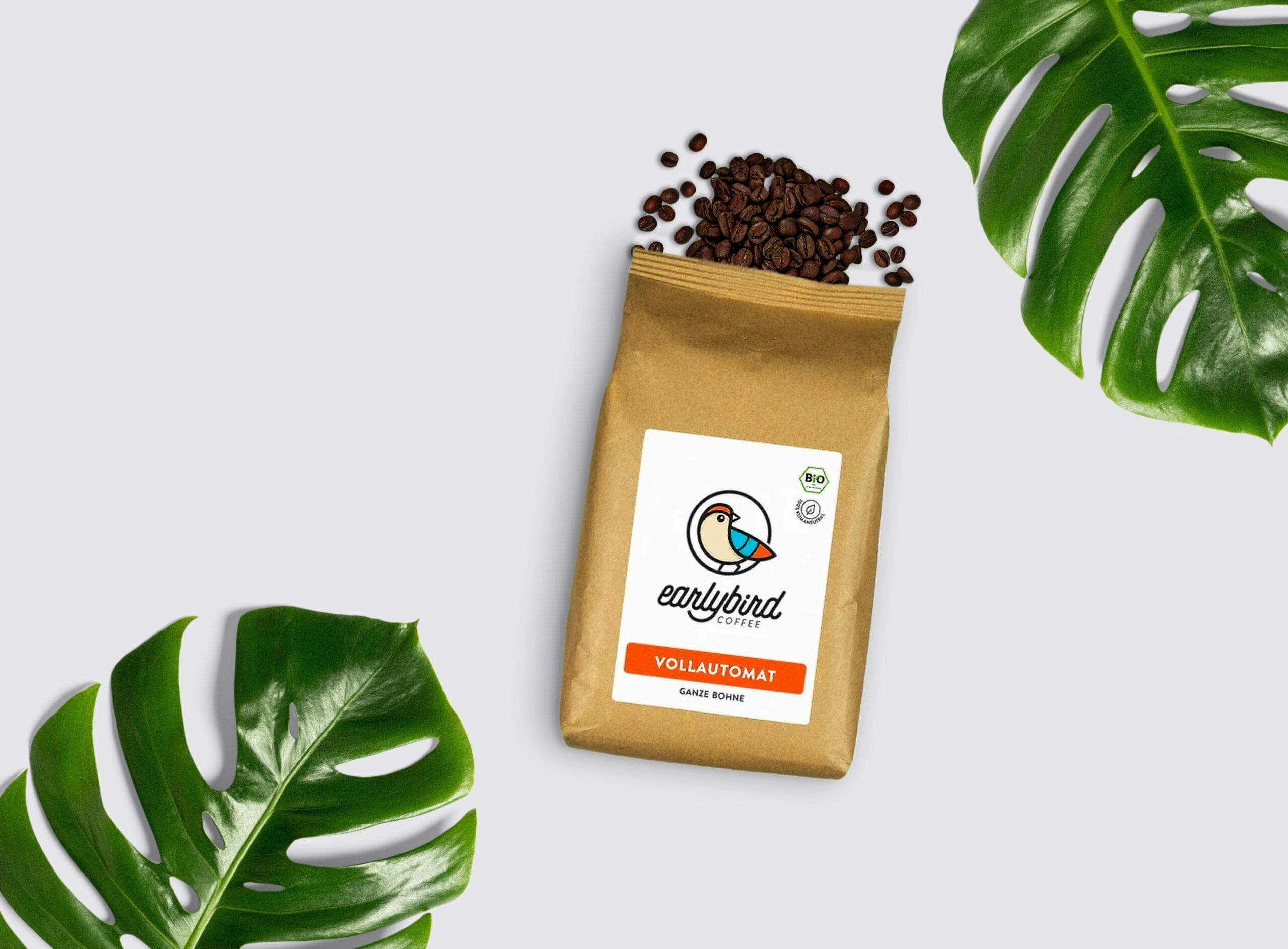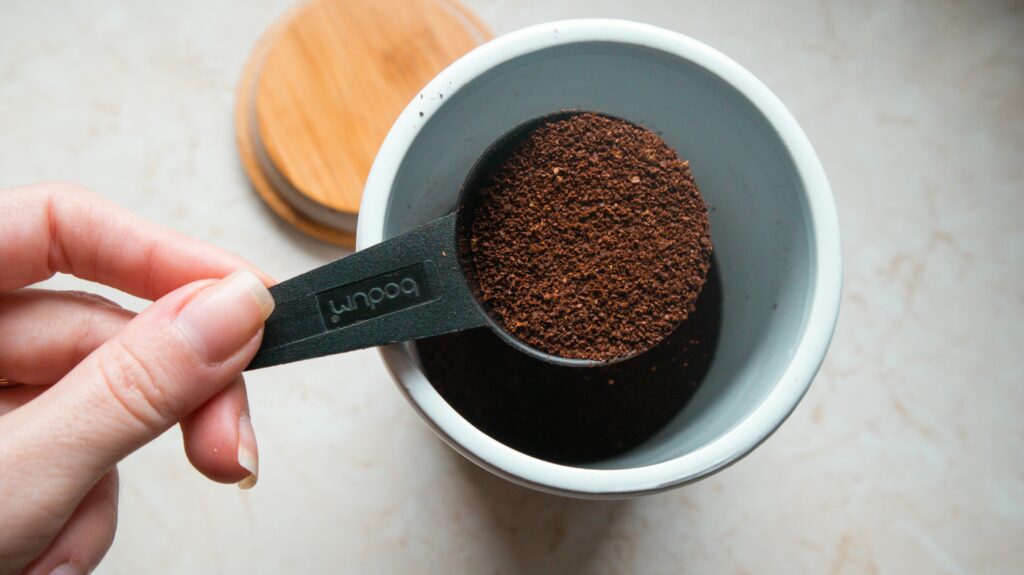Coffee typically has a pH ranging from 4.85 to 5.10, making it slightly acidic. While this level of acidity is generally well-tolerated by most coffee drinkers, those with acid reflux or sensitive stomachs might experience discomfort. Opting for darker roasts or cold brew can reduce acidity, offering a smoother experience with a higher pH. Adding milk or alternatives like almond milk can also help neutralize the coffee’s acidity.
Table of Contents
ToggleWhy is Coffee Acidic?
Coffee contains something called chlorogenic acid, which gives it that bright, tangy flavor. Lighter roasts tend to be more acidic, while darker roasts break down more of these acids, resulting in a smoother, less acidic cup.
How Does Brewing Method Affect Coffee’s Acidity?
Brewing methods can seriously change the acidity of your coffee. For example:
- Cold brew tends to be less acidic because it’s made with cold water, which extracts fewer acids.
- Espresso, on the other hand, concentrates the acids, making it more acidic.
Personally, if I want a smooth, low-acid coffee, I go for cold brew or a French press using a darker roast.
What Are Low-Acid Coffee Options?
If you have a sensitive stomach, you don’t have to give up coffee! There are plenty of low-acid coffee options available. Some beans are grown in specific regions or processed in ways that reduce their acidity. These low-acid beans can help you enjoy your coffee without the discomfort.
Can Coffee’s Acidity Affect Your Teeth?
One thing to keep in mind is that coffee’s acidity can affect your tooth enamel over time. Here are a few tricks I use to avoid this:
- Drink your coffee through a straw (I know it sounds strange, but it works!).
- Rinse your mouth with water after your coffee break.
- If you’re really worried, you could switch to a lower-acid coffee or cold brew.
How to Make Coffee Less Acidic
If the acidity in coffee bothers you, here are a few simple ways I’ve found to reduce it:
- Choose darker roasts: Darker roasted beans are less acidic than light roasts.
- Try cold brew: Since cold brew is steeped in cold water, it tends to be smoother and less acidic.
- Add milk or plant-based alternatives: Adding milk can neutralize the acid, making your cup gentler on your stomach.
- Look for low-acid coffee: Some coffee brands sell low-acid beans specifically for those of us with sensitive stomachs.
The pH Scale: Coffee vs. Other Drinks
To put it in perspective, here’s how coffee’s acidity stacks up against other common drinks:
| Beverage | pH Value |
|---|---|
| Coffee | 4.85 – 5.10 |
| Soda | 2.5 – 3.5 |
| Orange Juice | 3.3 – 4.2 |
| Milk | 6.0 – 7.0 |
As you can see, coffee is acidic, but not as acidic as soda. Still, for those of us with a sensitive stomach, it’s worth paying attention to.

Does Adding Milk Reduce Coffee’s Acidity?
Yes! Adding milk or a milk alternative can help lower coffee’s acidity. Milk acts as a buffer, making the coffee smoother and less irritating for your stomach.
How Do Brewing Methods Impact the pH of Coffee?
The way you brew coffee also affects what is the pH value of coffee. Different brewing methods can either increase or reduce the acidity:
- Cold Brew Coffee: Has a higher pH (around 6), which means it is less acidic and smoother.
- Espresso: Has a lower pH (around 4.5 to 5), which means it’s more acidic.
- French Press Coffee: Typically has a pH closer to 5.2, slightly more acidic than cold brew but less acidic than espresso.
So, if you prefer a smoother, less acidic coffee, cold brew might be the best option for you. Understanding what is the pH value of coffee based on the brewing method can help you make a coffee that suits your taste.
What To Do And What Not To Do Regarding the pH Value Of Coffee?
| What to Do | What Not to Do |
|---|---|
| Measure the pH: Use pH test strips or a pH meter to check the acidity of your coffee. | Don’t Store Coffee for Too Long: Storing brewed coffee too long can make it bitter as acids break down. |
| Choose Beans Wisely: Opt for Arabica beans for more acidity or Robusta beans for less acidity. | Don’t Reheat Coffee: Reheating coffee can alter its pH and make it more bitter. |
| Use Cold Brew: Cold brew coffee has a higher pH (less acidic) than hot brewed coffee. | Don’t Use Hard Water: Hard water increases coffee acidity; use soft or filtered water instead. |
| Add Milk or Baking Soda: Adding milk or a pinch of baking soda can reduce acidity. | Don’t Overuse Additives: Avoid using too much baking soda or milk, as it can affect the taste. |
| Pick a Dark Roast: Dark roast coffee has a higher pH and is less acidic. | Don’t Overlook the Roast Level: Avoid light roast if you are sensitive to acidity. |
| Use Soft Water: To keep your coffee’s pH balanced, use soft or filtered water. | Don’t Ignore Health Needs: Avoid highly acidic coffee if you have acid reflux or GERD. |
| Consider Health: If you have acid reflux, choose low-acid coffee options to reduce discomfort. | Don’t Skip Freshness: Drink freshly brewed coffee for the best flavor and pH balance. |
How Can You Test and Adjust the pH of Your Coffee at Home?
From the circular chart showing the pH values of different types of coffee, we can analyze the acidity of each coffee type based on its pH. Here’s a breakdown:
- Cold Brew has the highest pH at 6.0, making it the least acidic. This is ideal for people who want a smoother, low-acid coffee.
- French Press and Drip Coffee have slightly higher pH values (5.2 and 5.0, respectively), meaning they are also less acidic than options like espresso or light roast.
- Espresso and Light Roast are more acidic, with pH values of 4.8 and 4.85, respectively.
- Arabica Beans are the most acidic with a pH of 4.5, whereas Robusta Beans and Dark Roast have a pH closer to 5.5, making them smoother and less acidic.
Different Type of Coffee pH Values
From the circular chart showing the pH values of different types of coffee, we can analyze the acidity of each coffee type based on its pH. Here’s a breakdown:
- Cold Brew has the highest pH at 6.0, making it the least acidic. This is ideal for people who want a smoother, low-acid coffee.
- French Press and Drip Coffee have slightly higher pH values (5.2 and 5.0, respectively), meaning they are also less acidic than options like espresso or light roast.
- Espresso and Light Roast are more acidic, with pH values of 4.8 and 4.85, respectively.
- Arabica Beans are the most acidic with a pH of 4.5, whereas Robusta Beans and Dark Roast have a pH closer to 5.5, making them smoother and less acidic.

Pro Tips for Managing the pH of Coffee
Control Acidity with Brewing: Use cold brewing to naturally reduce the acidity of your coffee. Cold brew has a higher pH and is smoother compared to hot brewing methods like espresso or drip.
Use Dark Roasts for Less Acidity: Opt for dark roasts if you prefer a less acidic coffee. The longer roasting process breaks down acids, resulting in a smoother taste.
Add Milk to Neutralize Acidity: If your coffee feels too acidic, adding milk or cream can help raise the pH, making it less acidic and easier on the stomach.
Test Coffee pH at Home: If you want to get precise, use pH test strips or a pH meter to measure the acidity of your coffee and make adjustments based on your preferences.
Opt for Low-Acid Coffee Beans: If you have a sensitive stomach, choose low-acid coffee beans or blends specifically labeled for their reduced acidity.
Avoid Hard Water: Brewing coffee with soft or filtered water can prevent it from becoming more acidic. Hard water can increase the acidity of your coffee.
Consider Health Needs: If you suffer from acid reflux or GERD, it’s important to stick with low-acid coffee options, such as cold brew or dark roasts, to avoid discomfort.
Brew Your Perfect Cup
If coffee’s acidity causes discomfort for you, there are easy fixes. Try switching to darker roasts, making cold brew, or adding milk to lower the acidity and keep your stomach happy. Small changes can help you enjoy your coffee without any side effects.
Remember, coffee is naturally acidic, but with the right brewing method and adjustments, you can still enjoy your favorite cup. So go ahead, brew that perfect cup, and enjoy!
FAQs about Coffee’s Acidity and pH
What is the best pH for coffee?
The best pH for coffee is around 5, which gives it a balanced flavor without being too acidic or bitter.
Is coffee with acid good?
Acidic coffee can be good for flavor, offering a bright and fruity taste, but low-acid options are better for sensitive stomachs.
How can I increase the pH of coffee?
You can increase the pH by adding milk, using cold brew, or choosing dark roasts.
Which coffee doesn’t have acid?
Low-acid coffee varieties, like those grown at low altitudes or processed to reduce acidity, contain less acid.
Does adding milk increase the pH of coffee?
Yes, adding milk increases the pH and makes the coffee less acidic.
Is 9.5 pH water good for drinking with coffee?
Yes, 9.5 pH alkaline water can neutralize some of the acidity in coffee and make it easier on the stomach.
What is the pH of cappuccino?
Cappuccino typically has a pH between 5 and 6 due to the milk added, which reduces acidity.
Is lemon alkaline or acidic?
Lemons are acidic, with a pH around 2.0, but they have an alkaline effect on the body after digestion.
Which coffee is alkaline?
While no coffee is truly alkaline, low-acid coffee is closest to being alkaline, offering a smoother and less acidic experience.












































